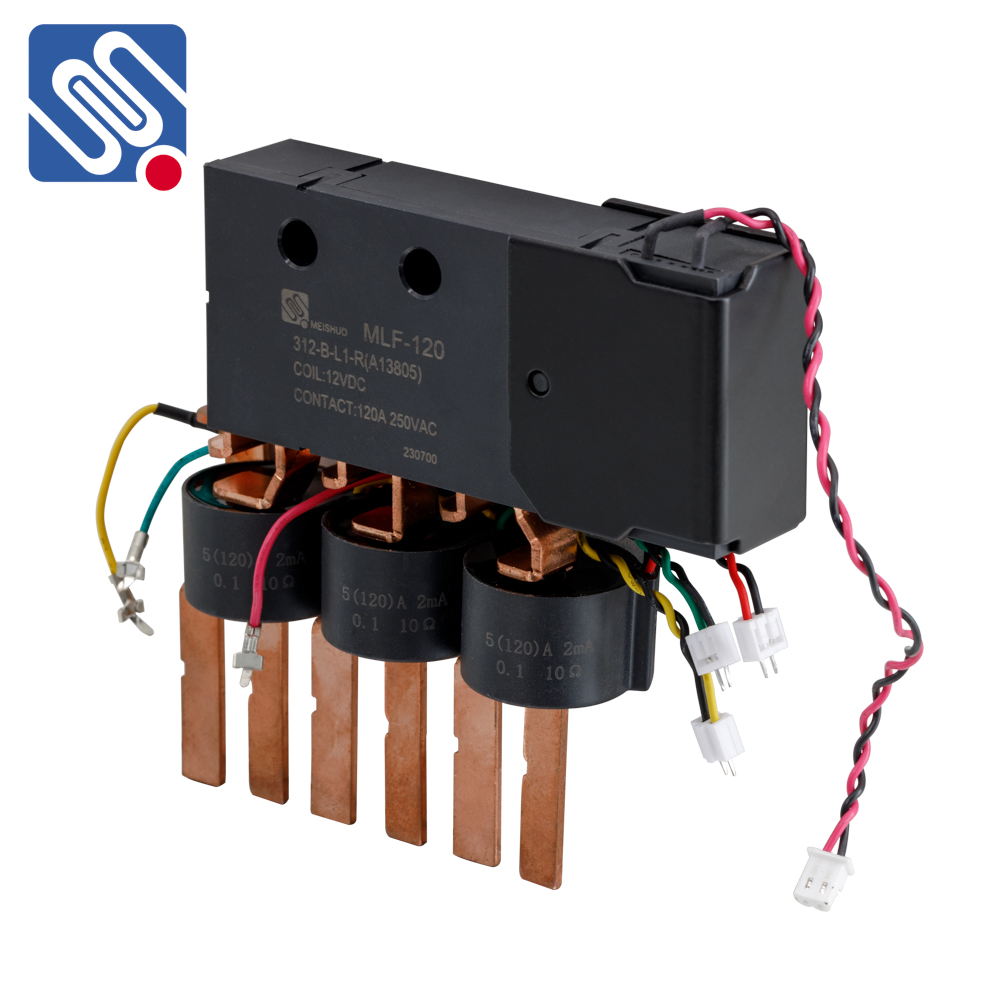relay assembly: a crucial component in electrical systems
Release time:2025-08-23 00:31:50
Relay assembly plays a critical role in electrical systems by providing automatic control over circuits, which is essential for a variety of industrial, commercial, and automotive applications. A relay is essentially an electromechanical switch that opens or closes a circuit based on an electrical signal, offering remote control, automation, and safety features to systems. Understanding the process of relay assembly, its types, and its importance in electrical applications is key for engineers and technicians working in the field of automation and control systems.

Understanding Relay Assembly
Relay assembly involves the process of assembling the key components of a relay into a functioning unit. The basic components of a relay include an electromagnet, contacts, springs, and a housing. The electromagnet is activated by an electrical signal, which creates a magnetic field that moves the contacts either to connect or disconnect the circuit. The spring is used to return the contacts to their original position when the magnet is deactivated. Finally, the housing encapsulates the entire mechanism to protect the delicate parts from environmental damage.

